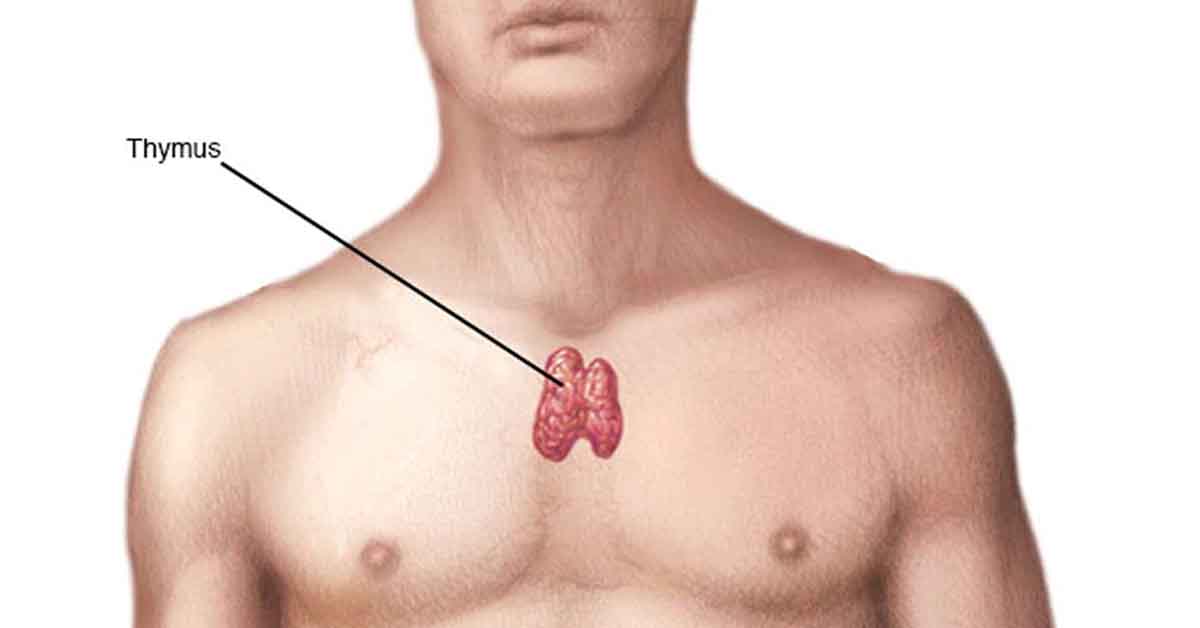Scientists at the Pohang University of Science and Technology (POSTECH) in Korea have discovered a heretofore unknown mechanism that causes allergies and anaphylaxis. To understand the mechanism, we must first identify the players involved.
Mast cells are long-lived cells that are located at the boundaries between tissues and the external environment, such as at the mucosal surfaces of the gut and lungs, in the skin, and around blood vessels. These cells are a component of the immune system responsible for fighting off parasitic invaders. When activated, they secrete histamine and a variety of pro-inflammatory mediators that are intended to fend off infections.
Mast cells are activated by Immunoglobulin E (IgE), a type of antibody that is keyed to respond to a specific invader. In the case of allergies, IgE is individually programmed to respond to a normally harmless substance like pollen, cat dander, or eggs. When they bind with the allergen in question, they signal the mast cells to release their mediators which trigger the milder symptoms of allergies and the more dangerous symptoms of anaphylaxis. A leading cause of allergies is known to be excessive production of IgE, but the reason why its concentration is maintained high in certain patients has not been identified.
The factories for the various types of IgE antibodies patrolling the body are B cells, yet another component of the immune system. B cells play a pivotal role in IgE-mediated food allergies as a result of their unique ability to produce allergen-specific IgE antibodies that sensitize the mast cells and cause them to release their contents.
Which brings us back to the POSTECH discovery, the study for which was recently published in the journal Nature Communications. The research team verified for the first time that plasma B cells secreting IgE were present in the thymus of mice models. The thymus is a lymphatic gland located in the upper chest beneath the breastbone in humans.
They found the thymus-derived IgE promotes food-induced anaphylactic reactions by increasing the number of mast cells in the intestine. This study is the first to identify the origin and development of the IgE and mast cells that cause allergic disorders.
The findings are significant in that they identify the origin of the thymus-derived IgE and its role in allergic disorders which will help toward meaningful advances in the study of therapeutics for allergic disorders and anaphylaxis in the future.
- Verifying the cause of allergic disorders — POSTECH Press Release
- Homeostatic serum IgE is secreted by plasma cells in the thymus and enhances mast cell survival — Nature Communications
- Immunoglobulin E (IgE) Defined — American Academy of Allergy Asthma & Immunology
- Mast Cells — British Society for Immunology
- Thymus Gland — Mayo Clinic






